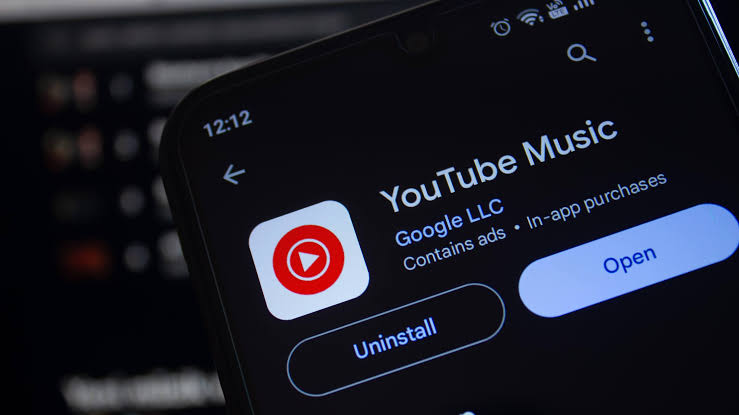Discover the cutting-edge innovation introduced by YouTube Music – the Song Detection feature. This new tool promises precise song identification, streamlining the user experience with its efficient detection process and widespread availability. In this article, we will delve into the accuracy of YouTube Music’s Song Detection feature and explore how it stands as a compelling alternative to renowned platforms like Shazam. Stay tuned to unravel the evolution of music recognition technology!

Introduction to YouTube Music’s Song Detection Feature
For music aficionados and tech enthusiasts, YouTube Music has rolled out an innovative update showcasing its cutting-edge Song Detection Feature. Accessible on Android devices, this feature revolutionizes how users interact with music. By simply tapping on the search menu and selecting the microphone icon, users can effortlessly explore songs in a new, intuitive way.
The YouTube Music Song Detection Feature represents a breakthrough in music recognition technology. Gone are the days of fumbling with complicated interfaces; now, users can identify songs by either humming a melody or placing their smartphone’s microphone near the source of the sound. This seamless experience offers a quick and accurate way to discover and engage with music, setting it apart from traditional apps like Shazam.

Detection Process in YouTube Music
In utilizing the YouTube Music Song Detection Feature, the application first conducts a comprehensive scan of its vast database, encompassing a wide array of songs across genres and eras. This extensive database serves as the foundation for accurate song recognition, ensuring users experience precise results when identifying music within the platform’s library.
Once a user initiates the song detection process by playing or singing a tune, YouTube Music employs advanced algorithms to compare the audio input with the songs stored in its database. Through this sophisticated matching mechanism, the application swiftly identifies the song being played or sung, delivering a seamless and efficient user experience that enhances the music discovery journey within the platform.
Upon successfully matching the input audio with a song in its expansive database, YouTube Music promptly presents the user with the related song information. This instantaneous response not only satisfies users’ curiosity regarding the detected song but also facilitates further exploration of similar music, enabling users to delve deeper into their musical interests and preferences with ease.

Accuracy of YouTube Music’s Song Detection Feature
In evaluations by The Verge, YouTube Music revealed a remarkable proficiency in accurately recognizing songs. This capability positions it as a top contender in the realm of music identification technology. Impressively, YouTube Music’s Song Detection Feature has shown to outshine popular alternatives like Shazam, asserting its reliability and innovation in this competitive landscape.

Availability of YouTube Music’s Song Detection Feature
YouTube Music’s Song Detection Feature is rapidly expanding, with a gradual rollout on iOS devices. This innovative technology allows users to identify songs effortlessly, enriching their music discovery process.
As YouTube Music’s Song Detection Feature gains momentum, it is expected to reach all iOS devices in the near future, promising a seamless and comprehensive music recognition experience across the platform.

YouTube Music as an Alternative to Shazam
YouTube Music’s Song Detection Feature: YouTube Music’s innovative Song Detection feature serves as a compelling alternative to the renowned Shazam application. The ability to seamlessly transition between these platforms empowers users to select the tool that best resonates with their music recognition needs, offering a personalized experience that caters to individual preferences.
Enhanced Flexibility: With YouTube Music’s Song Detection feature, users gain unparalleled flexibility in selecting a music recognition application that perfectly aligns with their unique tastes and requirements. This flexibility ensures that individuals can seamlessly switch between platforms, exploring diverse functionalities and capabilities to enhance their music discovery journey.
